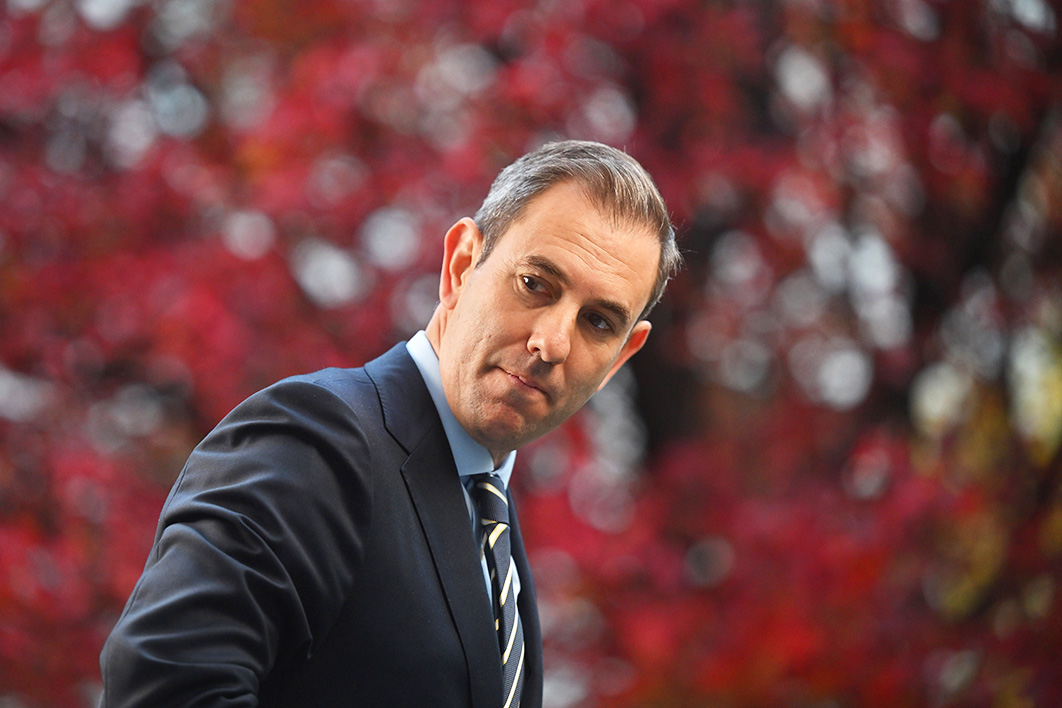Three years ago, with activity shutting down, I doubt anyone expected the Australian economy to be stronger than ever by May 2023. Yet it is actually doing pretty well, and very much better than before Covid.
At 3.5 per cent, the unemployment rate is close to the lowest it has been in the forty-five years since monthly numbers began. And that isn’t because of low immigration: on the contrary, the workforce is much bigger than before the epidemic. The number of people with jobs and total hours worked are also at record highs. (In the years between the global financial crisis and 2019, by contrast, unemployment didn’t get below 5 per cent.) By the second half of last year real income per head was also at a record level.
Inflation is certainly too high, and occupies most of our attention. Yet in recent quarters it has been decelerating. Underlying inflation was running at an annualised rate of about 4.8 per cent in the March quarter, still way beyond the Reserve Bank’s target range of 2–3 per cent. To get back towards the midpoint of that band we need to see that underlying rate decelerate from 1.2 per cent for the March quarter this year to around 0.7 per cent a quarter. That’s a big move, but smaller than the decline in quarterly underlying inflation over the six months to March.
The key point here is that underlying inflation has markedly decelerated despite firm output growth and despite unemployment remaining near a record low. Wages growth remains modest.
The Australian pattern is remarkably similar to America’s. There, trimmed-mean personal consumption inflation (which removes the most extreme price changes) peaked in January with a 6.1 per cent annualised rate, and by March was down to a 3.4 per cent annualised rate. Unemployment was down to 3.4 per cent in March — the lowest rate since 1953.
On last Friday’s Reserve Bank forecasts, annual underlying inflation won’t fall below 3 per cent for two years (and even then it will only be just under). But its forecast numbers are consistent with the quarterly underlying rate (measured by the trimmed mean) coming back within the target band by this time next year. On the quarterly numbers, underlying inflation will be consistent with the band long before the headline annual rate is back within it. Once the quarterly numbers are within the band, the inflation problem is over.
We have a good chance of getting inflation down without a serious recession and perhaps, as the RBA also forecast on Friday, with continuing gains in employment and the jobless rate still below where it was before Covid.
With inflation contained, the time will have come to recognise our long-term constraints, which are considerable.
First, inflation may well decelerate without a recession, but not without two years of slowing growth and rising unemployment. The low-inflation world to which we are returning was also a world of slow growth and somewhat higher unemployment. It will likely be a world of markedly lower interest rates, a point the IMF made in its recent World Economic Outlook.
As we were reminded in those four or five years before Covid, however, low interest rates don’t necessarily spur rapid output growth. With much higher government debt and with the Reserve Bank running down rather than building up its government bond holdings, we should also expect contractionary fiscal policy for all circumstances short of a serious downturn.
Another constraint is that it is quite a while since Australia (like most other rich countries) has seen much increase in output per hour worked, or productivity growth. That doesn’t give room for real wage increases, or for real income increases more generally. With population growth through immigration likely to exceed GDP growth, Australians will be no better off in real terms in two years than they are today.
Then there is the budget, and the discretionary spending options open to the Albanese government. With revenue flattered by big increases in nominal GDP, and spending pressures eased by high employment and the withdrawal of Covid spending, tomorrow’s budget outcome and forecasts for the coming financial year will be more favourable than predicted in the budget revision of October last year. Even so, the path ahead is difficult. Last October’s budget forecast higher deficits for 2023–24 through to 2025–26, even with modest average spending increases and revenues close to previous records as a share of GDP.
Perplexed by the immediate concerns about high inflation and rising interest rates, we have not focused on these underlying constraints. By the middle of next year, all going well, they will begin to become more evident. Going into a 2025 election, after two years of slower growth and rising unemployment, they will be more evident still.
For the Albanese government, the appealing story will have to be about the next term, not this one. That story will need to include the balance between fiscal and monetary policy over coming years, a topic elided in the recent review of the Reserve Bank. It will also need to include measures to stimulate productivity growth. Getting productivity up will be harder than getting inflation down — a good reason to elevate the search for ways and means to the centre of national attention. •




